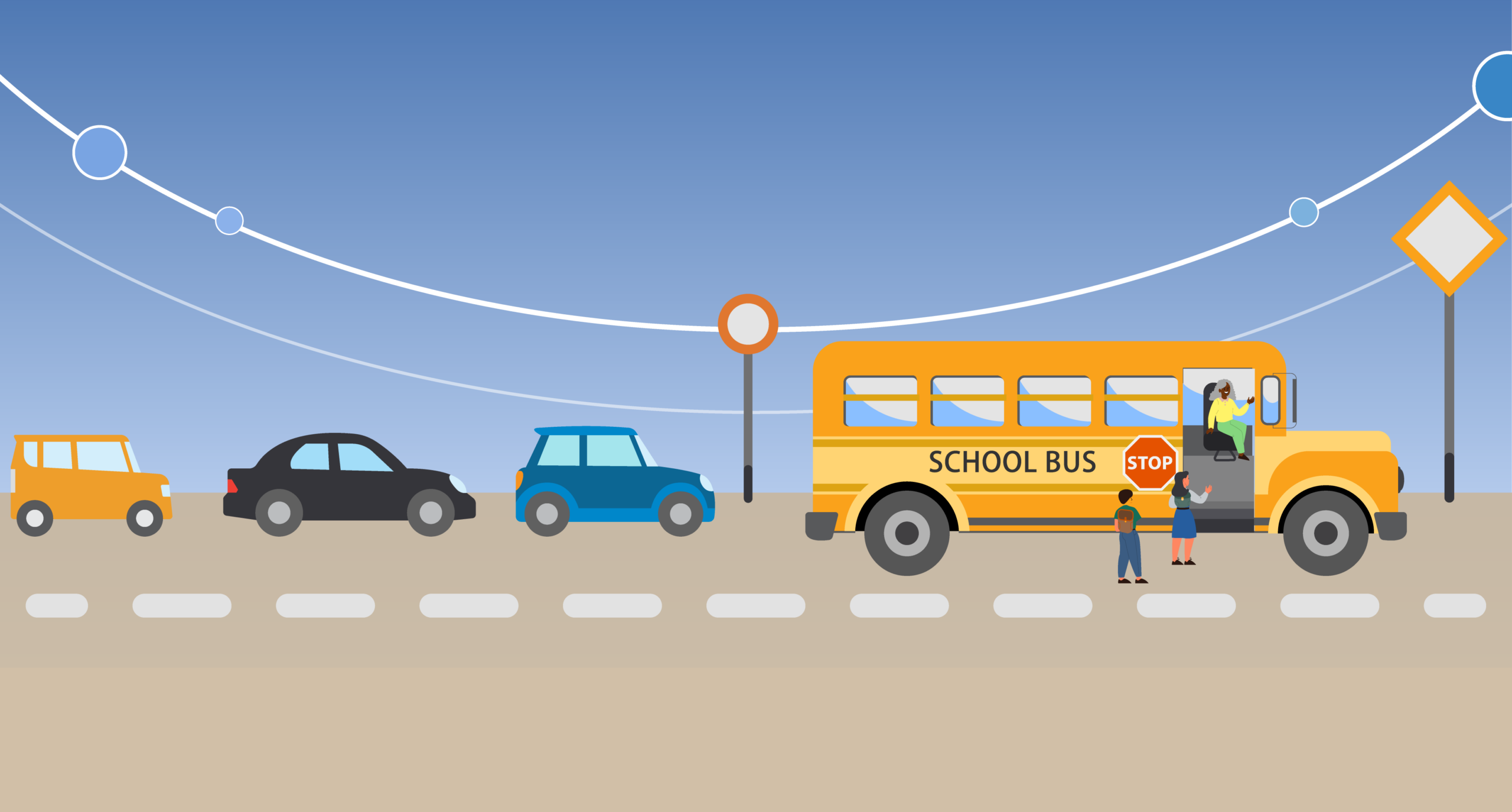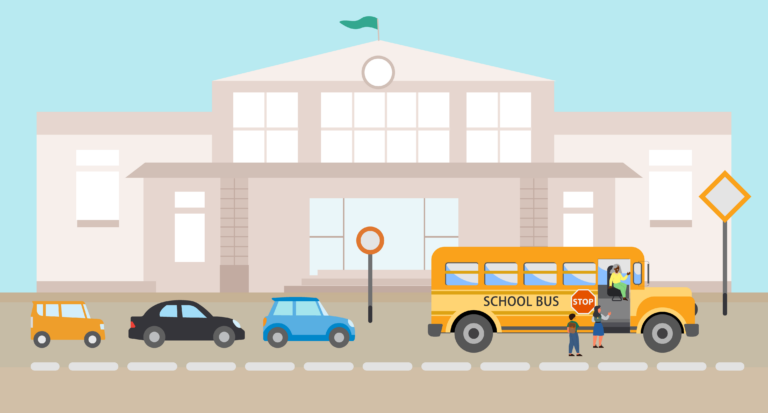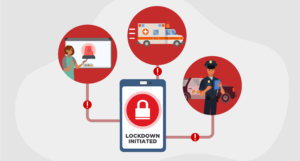By: Heather Terry, Raptor Sr. Content Marketing Manager
As a former teacher, I vividly remember the end-of-school-day chaos—students crisscrossing the campus, some heading to various after-school activities, others queuing for buses or waiting in the carline. The cacophony of voices, the flurry of movements, and the occasional confusion were all part of the daily ritual. It was a time that demanded our utmost vigilance and coordination.
This chaotic scene underscores the importance of efficient and safe dismissal processes for after-school activities. Schools face numerous challenges during this period, including coordinating multiple after-school activities, ensuring student safety, and managing parental pick-ups.
Here are 6 ways schools can leverage technology to better manage student dismissal to after-school activities.
1. Enhancing Coordination and Communication
Centralized platforms play a crucial role in improving communication between school staff, after-school program coordinators, and parents. Real-time updates and notifications ensure that everyone is on the same page, reducing the risk of miscommunication and enhancing overall coordination.
By integrating these platforms, schools can streamline the dissemination of information, making it easier to manage changes in schedules or pick-up arrangements. This not only improves efficiency but also alleviates stress for both staff and parents. Specifically, for after-school activities, centralized communication ensures that students transition smoothly from the classroom to their respective programs, whether it’s sports practice, music lessons, or tutoring sessions. This precise coordination reduces delays and ensures students get to their activities safely and on time.
2. Ensuring Adequate Supervision and Managing Student Behavior
Technology can assist in monitoring student transitions from classrooms to after-school activities through mobile apps and real-time tracking. This ensures that students are where they need to be, thus enhancing safety and supervision.
Digital tools that allow school personnel to better monitor student location helps maintain a safe environment during after-school activities and that students adhere to the rules, making the transition smoother and safer.
3. Managing Activity Overlap and Coordinating Extracurricular Programs
Scheduling software can help in planning and staggering activity timings to avoid crowded hallways and confusion. Digital calendars and reminders keep everyone informed about the schedule, reducing overlaps and ensuring smooth transitions.
Centralized platforms are also effective in managing various extracurricular programs with different supervisors, locations, and resources. Integrated scheduling and resource allocation simplify the coordination of these programs, ensuring that each activity runs smoothly without interfering with others.
4. Coordinating Transportation
Transportation management systems are essential for ensuring safe and reliable transportation for off-site activities. These systems include features like driver verification, vehicle safety checks, and coordinated pick-up/drop-off times, all of which contribute to the safety and efficiency of student transportation.
By leveraging these systems, schools can better manage transportation logistics, ensuring that students are safely transported to and from their activities.
5. Streamlining Parental Pick-Up Procedures (Including Handling Late Pick-Ups)
Digital systems can verify the identity of individuals picking up students and ensure they are authorized. Secure check-out processes and automated notifications to parents streamline the pick-up procedure, reducing wait times and enhancing security.
Digital communication tools are also effective in managing late pick-ups. Clear policies and real-time updates to parents ensure that students are supervised until they are safely picked up, reducing the risk of any mishaps.
6. Supporting Special Needs Students
Technology can provide additional support for students with special needs during transitions to after-school activities. Features like personalized schedules and accessibility options ensure that these students receive the support they need, making their transitions smoother and safer.
Reimagine Dismissal Safety with Raptor
Adopting technological solutions can significantly enhance the safety and efficiency of the dismissal process, particularly for after-school activities.
If you’re interested in learning more about how Raptor DismissalSafe transforms the chaotic end-of-school-day dismissal into a streamlined and safe process, schedule a demo today.
Related Resources
Learn more about dismissal management in 6 Strategies to Improve Student Safety During School Dismissal






